The Most 'American Made' Automobiles You Can Buy in 2018

While you still hear people throw around the slogan “American Made” quite a bit when it comes to automobiles, the phrase has grown increasingly meaningless. Even if something is built within the states, parts for it will stream in from across the globe. Other times something may not even be built within the country. For example, the iconically American Dodge Challenger is assembled in Brampton, Ontario and has its 5.7-liter Hemi engines shipped in from Mexico. That’s not a slight to the vehicle, but you just know people have slapped a “Buy American” bumper sticker onto more than a couple of them.
However there are models that still have the majority of their bolts tightened within the United States and that means something to some shoppers. If you’re one of those, here are most American cars you can buy in 2018.
Every year, Cars.com releases its American-Made Index — which weighs every vehicle’s assembly location, domestic-parts content as determined by the American Automobile Labeling Act (AALA), engine sourcing, transmission sourcing and factory jobs provided by the automaker’s U.S. plants. Since the AALA’s domestic-parts content statistics do not distinguish between Canadian and U.S. parts, Cars.com includes powertrain sourcing and factory labor as a way to offset that.
Last year, that formula placed the Jeep Wrangler as the most American automobile money could buy. But the 2018 Wrangler’s decreased domestic content threw it out of the top ten. In its stead, however, is the Jeep Cherokee. The SUV, assembled in Belvidere, Illinois, boasts a domestic-parts content of 72 percent for the current model year.
The Honda Odyssey minivan and Ridgeline pickup took the next two spots. Both models possess a higher-than-average quantity of domestically sourced components, U.S.-built drivetrains, and are manufactured in Lincoln, Alabama. The Chicago-built Ford Taurus pursued the Hondas in forth place, followed by the index’s highest-ranked newbie, the Chevrolet Volt. That was down to the little electric being manufactured in Michigan and sourcing its battery cells from its home state — a rarity within the industry. While GM also gets batteries from outside the U.S. it was still good for a 66-percent domestic content rating for the 2018 model year.
Honda’s Pilot, which is also assembled in Lincoln, Alabama, was up next. It was followed by Ohio’s Acura MDX and Illinois’ Ford Explorer. The jewel of the Midwest, Ford’s F-150, took ninth place. Despite not having the largest content of American parts, its assembly actually employs the most U.S. citizens thanks to Ford having high-output factories in both Michigan and Missouri.
The always-American Chevrolet Corvette rounded out the pack in tenth place. Still assembled in Bowling Green, Kentucky, America’s most-iconic sports car still maintains an exceptionally high level of domestic parts. However its low production volume doesn’t result in a large U.S. workforce.
We kind of wonder where Dodge’s Viper would have been on the list if FCA hadn’t killed it off last year. Pervious model years scored exceptionally high in the AALA’s domestic-parts content but, like the Vette, it didn’t employ a colossal number of people.
While the index is comprehensive, you can weigh this data in a number of ways that would ultimately result in different outcomes. For example, the Kogod School of Business in Washington, D.C. runs its own American Made Index and typically takes into account the AALA content statistics and weighs it against similar metrics as the Cars.com report. But the Kogod index weighs things a bit differently and places an emphasis on where a company is headquartered and the location of its R&D centers. Fortunately, no matter how many studies we’ve examined, there is a commonality between them and a lot of the same models showing up.
For the most part, buying a non-small or wildly popular vehicle from a domestic automaker is a decent way to ensure it’s “American Made.” However, there are certainly exceptions to that rule and Honda should probably be considered for honorary status as a American automaker at this point. The company consistently produces vehicles that were rated high in domestic content and employed a large number of U.S. citizens — especially with its large and popular models.
[Images: FCA; Honda; General Motors]

A staunch consumer advocate tracking industry trends and regulation. Before joining TTAC, Matt spent a decade working for marketing and research firms based in NYC. Clients included several of the world’s largest automakers, global tire brands, and aftermarket part suppliers. Dissatisfied with the corporate world and resentful of having to wear suits everyday, he pivoted to writing about cars. Since then, that man has become an ardent supporter of the right-to-repair movement, been interviewed on the auto industry by national radio broadcasts, driven more rental cars than anyone ever should, participated in amateur rallying events, and received the requisite minimum training as sanctioned by the SCCA. Handy with a wrench, Matt grew up surrounded by Detroit auto workers and managed to get a pizza delivery job before he was legally eligible. He later found himself driving box trucks through Manhattan, guaranteeing future sympathy for actual truckers. He continues to conduct research pertaining to the automotive sector as an independent contractor and has since moved back to his native Michigan, closer to where the cars are born. A contrarian, Matt claims to prefer understeer — stating that front and all-wheel drive vehicles cater best to his driving style.
More by Matt Posky
Latest Car Reviews
Read moreLatest Product Reviews
Read moreRecent Comments
- Tane94 Blue Mini, love Minis because it's total custom ordering and the S has the BMW turbo engine.
- AZFelix What could possibly go wrong with putting your life in the robotic hands of precision crafted and expertly programmed machinery?
- Orange260z I'm facing the "tire aging out" issue as well - the Conti ECS on my 911 have 2017 date codes but have lots (likely >70%) tread remaining. The tires have spent quite little time in the sun, as the car has become a garage queen and has likely had ~10K kms put on in the last 5 years. I did notice that they were getting harder last year, as the car pushes more in corners and the back end breaks loose under heavy acceleration. I'll have to do a careful inspection for cracks when I get the car out for the summer in the coming weeks.
- VoGhost Interesting comments. Back in reality, AV is already here, and the experience to date has been that AV is far safer than most drivers. But I guess your "news" didn't tell you that, for some reason.
- Doc423 Come try to take it, Pal. Environmental Whacko.





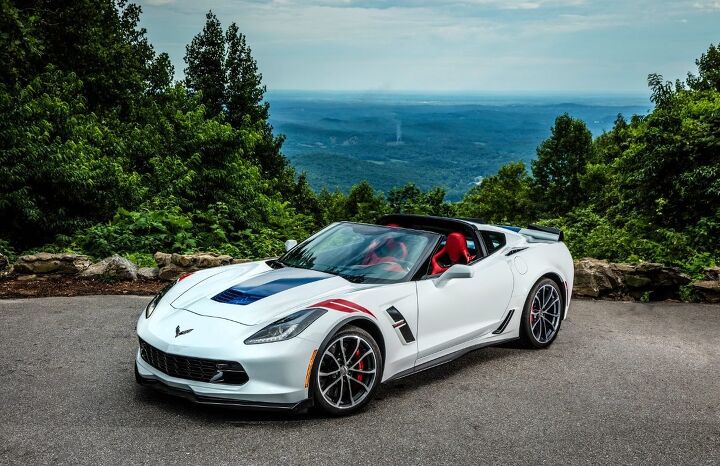















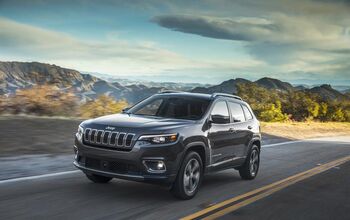

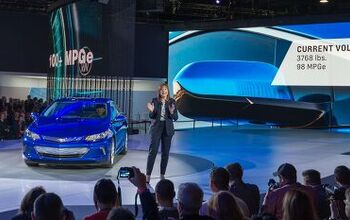
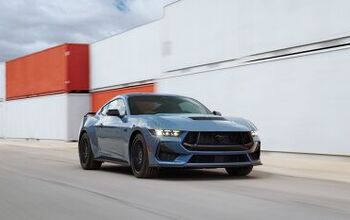


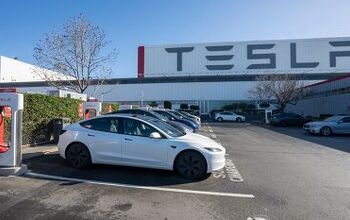
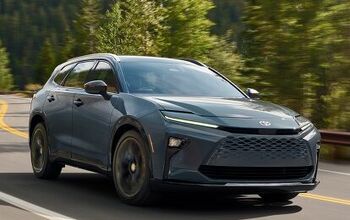
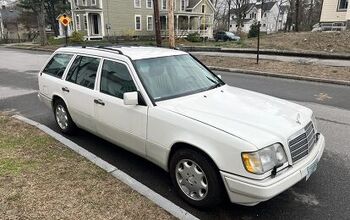
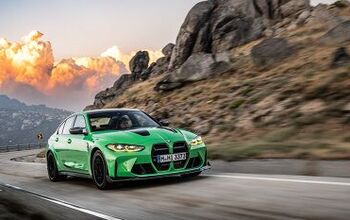
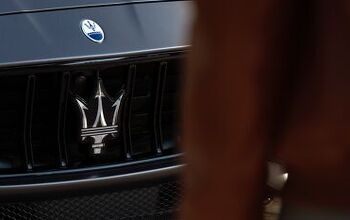
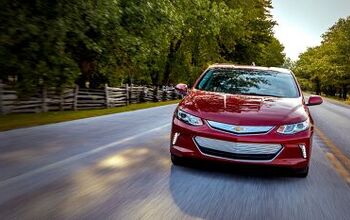

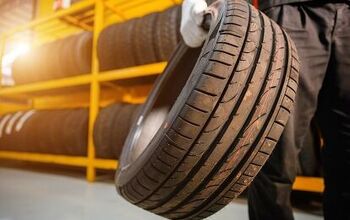

Comments
Join the conversation
To get back to the point, free of utter BS right wing horse manure who, on the one hand figure the world owes them a living but who cannot sanction having universal healthcare for their own countrymen, who believes this cars.com list? Does cars.com have the resources to properly analyze US content? Did Toyota suddenly change the way it makes the Camry? And yet this outfit's results are regarded as definitive for some reason. Who are they and why should anyone trust the results?
"Fortunately, no matter how many studies we’ve examined, there is a commonality between them and a lot of the same models showing up." Not, really. The top ten models in the Kogod School of Business' American Made Index does not contain a single Japanese brand - they are in fact all American brands. I personally think the Kogod ranking is much more accurate, since factors like where a company is headquartered, does its Research and Development, has the bulk of its high paying jobs (management, administration, engineering and design, etc.), and pays most of its corporate taxes are extremely important. Anyone who doubts this should compare the economy of Detroit/Michigan with that of Toyota City in Aichi prefecture in Japan. Whereas Detroit/Michigan has been stuck in terminal decline, Toyota City/Aichi where Toyota has its HQ has been flourishing and thriving.